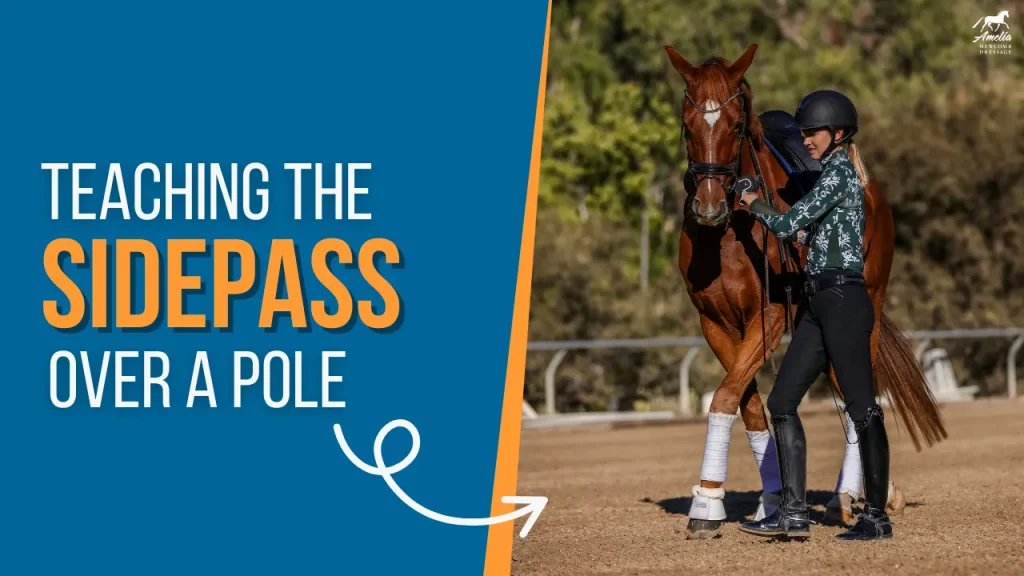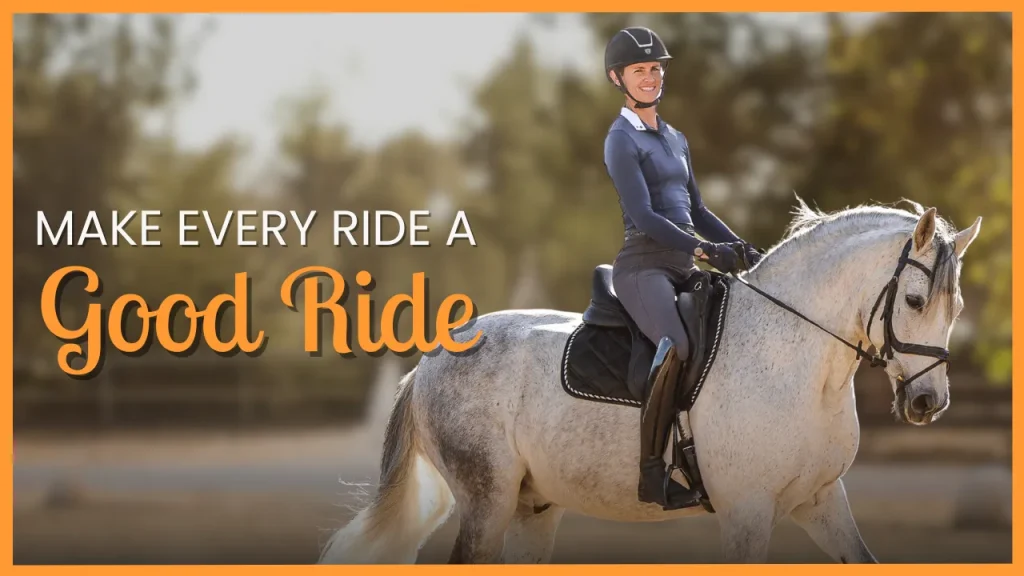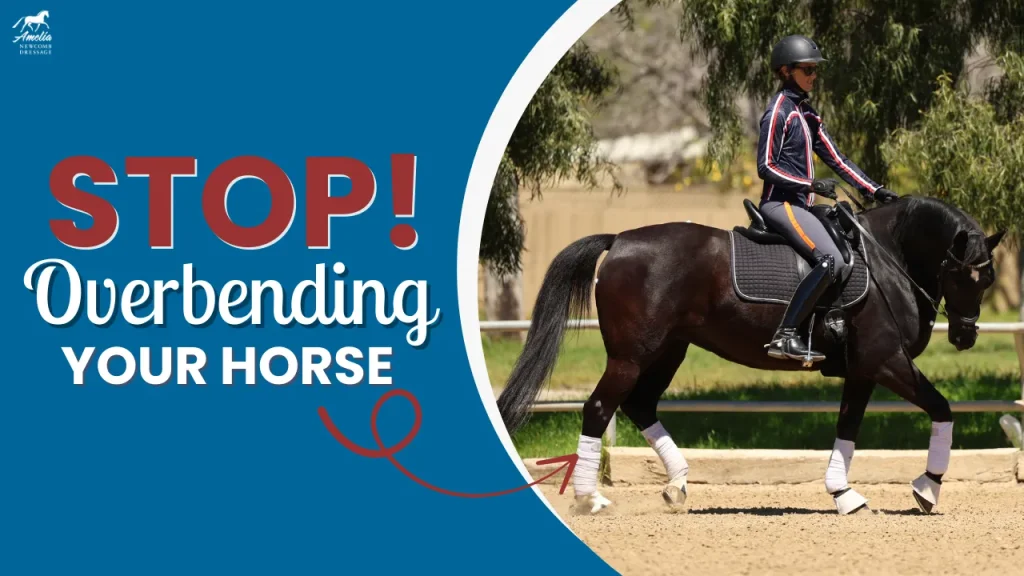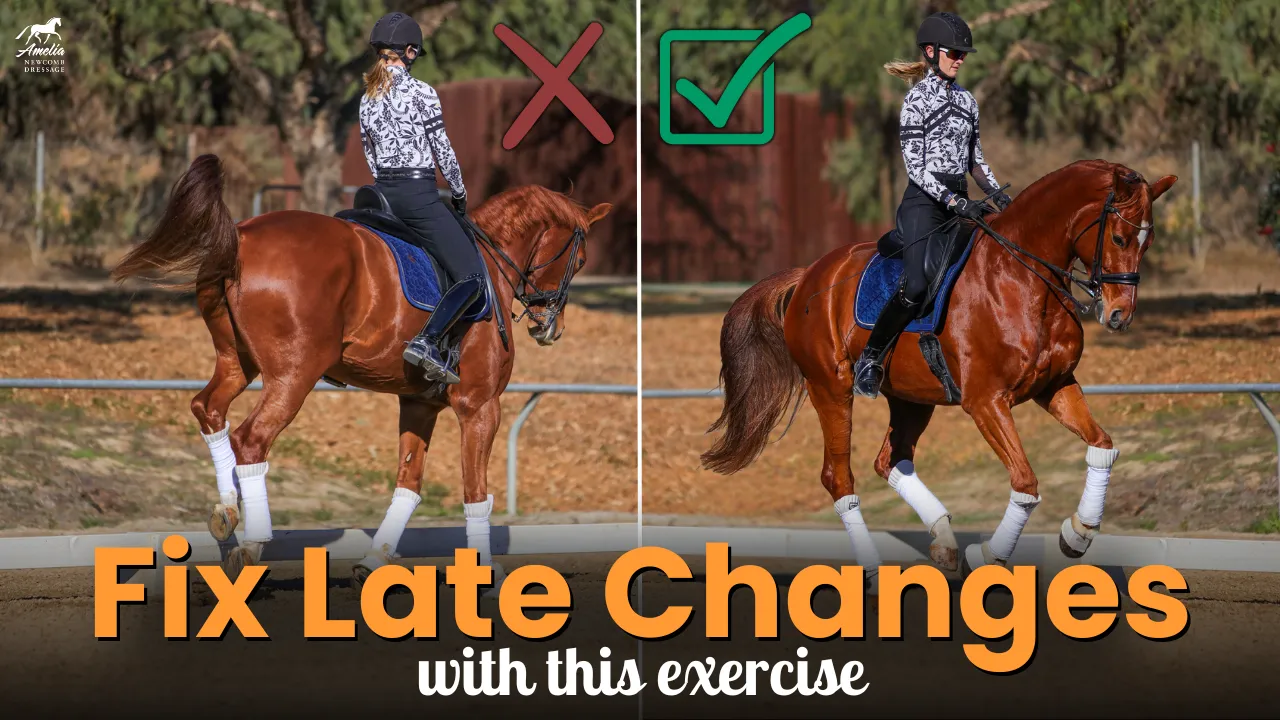Working with young horses requires patience, preparation, and an emphasis on safety—for both you and your horse. A key element of this process is teaching your young horse to bend and yield, which not only builds trust and communication but also gives you essential tools to maintain control in challenging situations.
Before You Mount: Groundwork First
Before you even think about mounting your young horse, spend time on the ground ensuring they are calm and responsive. Use these steps to prepare:
- Walking on a Circle
Lead your horse in an energetic walk on a small circle, ensuring they maintain a slight inside bend. This encourages relaxation and suppleness while engaging their hindquarters.
- Bending and Yielding
Gently ask your horse to bend their neck back towards the girth area as they walk steadily forward, so their nose comes around their body. This movement encourages the horse to yield their hindquarters as the inside hind leg crosses over. Repeat this exercise in both directions to ensure balance and responsiveness.
- Only get on when you’re both ready
Only proceed to mounting when your horse is calm, supple, and not showing signs of tension.
Mounting a Young Horse: Stay Alert
Mounting can be a vulnerable moment, especially with a young horse. Here’s how to do it safely:
- Short Reins for Control
Keep your reins short so you can maintain a light inside bend. This prevents your horse from looking away or becoming distracted.
- Pause Mid-Mount
As you mount from the ground, before you swing your leg over, pause to check your horse’s reaction. If they move, wait until they stop before completing the mount. This puts your body in a safer position if they spook or scoot.
- Start with Familiar Movements
Once mounted, immediately ask your horse for the bending and yielding exercises you practiced on the ground. This reinforces calmness and gives you control if they become nervous.
Riding Away: Establishing Basics
- Bending and Turning
Begin at a walk, focusing on bending your horse to both sides and ensuring they yield to your leg aids. This foundational work provides a way to redirect energy if they spook or become tense.
- Loose Contact
Young horses may not fully understand contact at first. Let them walk forward freely while maintaining light rein contact, offering guidance without creating unnecessary tension.
- Gradual Exposure
Allow your horse to explore their surroundings while staying alert for potential distractions. Praise calm behavior to build confidence.
Teaching a young horse to bend and yield is so important for their safety and development. These exercises encourage relaxation, build trust, and provide the rider with tools to handle unexpected behaviors effectively. With patience and consistency, you’ll help your young horse develop into a confident and reliable partner.
Happy Riding!
Amelia












































